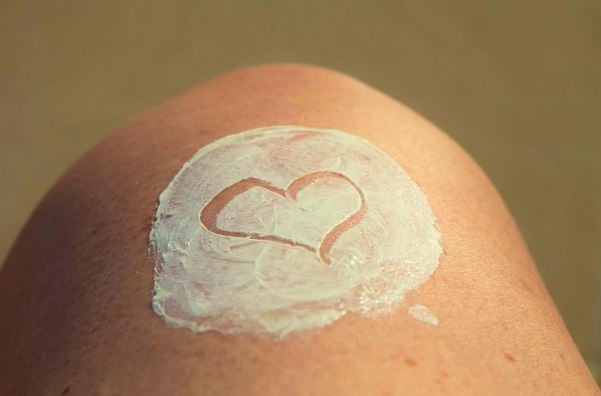Understanding Sunscreen to Reduce Skin Cancer Risk
Using sunscreen regularly greatly reduces your risk of damaging sunburns and skin cancer, giving you healthier skin for longer. When used daily, sunscreen can also prevent wrinkles, freckles and other signs of ageing.
We are inundated with choices when it comes to picking the right sun protection products. They come in a variety of different formulations – lotions, gels, powders and sprays – but not all are created equal.
The sun protection factor (SPF) is the standard way of measuring the degree of sun protection a product offers. A product with a higher SPF value offers more protection against the sun’s ultraviolet light. The number indicates the amount of time you can stay out in the sun without getting burned.
So, if you usually burn after 15 minutes, a product with an SPF of 30 will allow you to stay in the sun 30 times longer, compared with wearing no sunscreen at all. Assuming you use the product correctly, this would give you around seven hours of protection.

The SPF value only measures a sunscreen’s degree of protection against one form of ultraviolet light, UVB – but not the other, UVA. UVA rays penetrate the skin much more deeply and are the major cause of skin ageing and wrinkles. Both forms of ultraviolet can cause cancer.
While SPF 30 is sufficient for everyday use, try a SPF 50 or higher sunscreen if you’re going outside to play a sport or spend time at the beach. Use a water-resistant product and reapply every two hours. Generally, rub in two milligrams of cream for every square inch of your skin.
Download the free guide to learn how to correctly apply sunscreen.
Research shows that children who have experienced sunburn at an early age are at almost double risk for developing melanoma in adulthood – a statistic that reinforces the importance of using sun protection every day and getting regular skin checks to detect cancer
- Tags:
- Risks
- Detection
- Prevention
- Treatment
